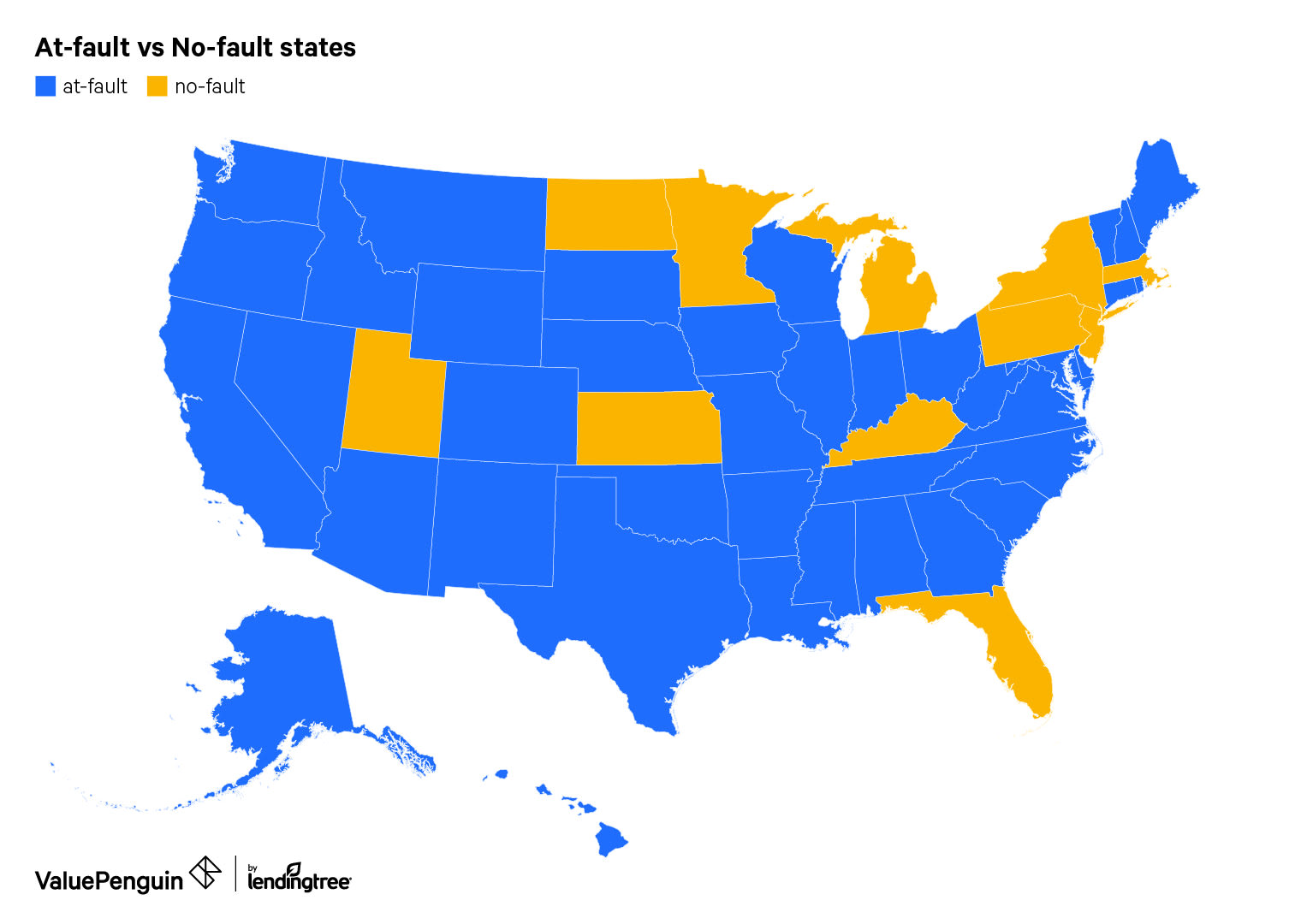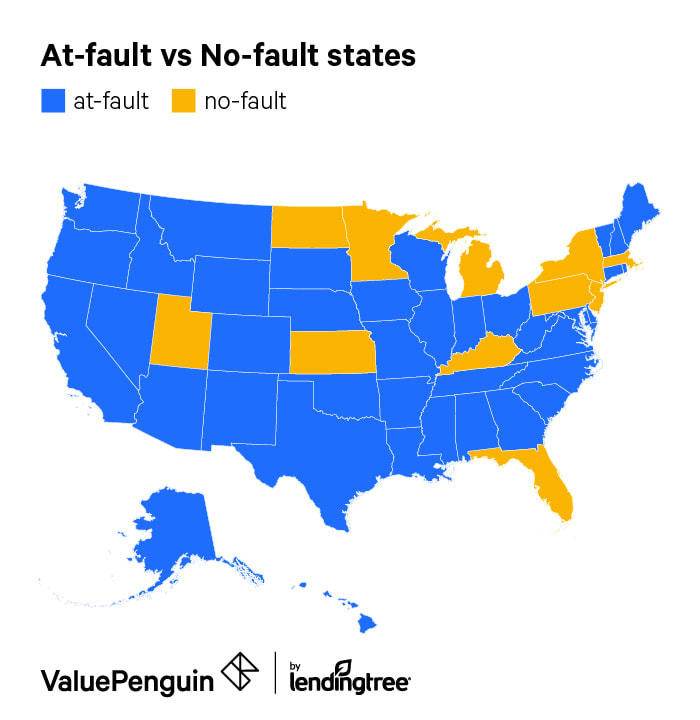Is your state a fault or no-fault state?
In states that assign fault — which make up the huge majority — the person who caused the car accident would have to pay for damage. That person ‘s bodily injury ( BI ) liability insurance will pay for the other driver ‘s medical expenses, and their property damage indebtedness would cover the other driver ‘s car repairs. The extent of the payout will vary by express .
In “ no-fault ” states, drivers must carry personal injury protection ( PIP ) insurance. This character of coverage pays for medical expenses after a car accident, no matter who was at mistake. The drivers besides wo n’t need to file a claim through one another ‘s insurance, which saves time and energy. The downside of PIP, however, is its monetary value. In our mesa below, you can see which states are blame and no-fault states. even if a department of state is not a mandatary PIP state, you can hush acquire PIP insurance as an optional coverage .
The 3 types of negligence
In the car insurance earth, negligence indicates fault. If you ‘re negligent in a car accident, you are at fault. There are three types of negligence : pure conducive, saturated comparative and modified comparative. even with a spot policy, you may exhaust coverage and would need to file a claim under the other driver ‘s BI insurance. This process differs by state of matter because each one defines negligence differently.
Pure contributory negligence
With this character of negligence, the indemnity caller will alone reimburse a driver if they ‘re wholly blameless in the car accident. If the other driver can prove you played even a small function in the accident, then you are n’t eligible for an policy payout. only four states and the District of Columbia adhere to this character of negligence .
For case, say you get into a car accident in North Carolina. Someone rear-end your car, and the price of repair costs $ 1,000. normally, it ‘s easy to assign fault to the person who rear-ended your cable car. But if that driver can prove you were trying to beat a yellow light and then abruptly stopped, for example, you may be partially at blame. In this case, you wo n’t get paid for any of the damage .
none of these states are mandatary PIP states, and it ‘s rare to have an accident where no one is at fault. consequently, it may be in a driver ‘s best interest to have some PIP protection in these states .
Pure comparative negligence
With this type of negligence, a driver ‘s payout is based on a certain share of mistake. Twelve states use this type of negligence, and three are “ no-fault ” states. An obvious pitfall of this type of negligence is determining the claim share of fault .
Let ‘s say you get into a car accident in New York and the damage costs $ 1,000 to repair. The insurance company determines you were 75 % at fault. You could file a claim for up to 25 %, or $ 250, of the settlement from the other driver ‘s indemnity.
Modified comparative negligence
This character of negligence besides considers the proportion of a driver ‘s fault, but it sets a doorsill, normally 50 % or 51 % depending on the submit. More than 30 states follow the change pure relative negligence exemplary. South Dakota has a exchangeable system called “ slight/gross negligence, ” which does n’t use percentages. rather, an at-fault driver can not get a payout unless they are “ slenderly negligent. ”
Georgia
Let ‘s say you were involved in an accident inthat causes $ 1,000 in damage. The court determines you were 45 % at fault and the early driver was 55 % at fault. With limited comparative negligence, you can recoup 55 %, or $ 550, of the settlement from the other driver. But if you were found 55 % at demerit, then you would be entitled to nothing .
How is fault determined in a car crash?
Proving blame can be difficult with barely anecdotic evidence. But it can be the dispute between getting a payout and getting nothing, and it can impact getting bum car policy in the future. When a driver is at least 50 % at blame in a car accident, insurers typically increase your car insurance rates .
You can use certain resources to prove your innocence or prove the other driver ‘s defect .
Police reports
When police are called to the scene of an accident, they create and file an official report. It contains an aim analysis of the position, including an public opinion on who was at defect and whether drugs and alcohol were involved.
Read more: Best car insurance companies for 2022
State laws
Learning your state ‘s dealings laws can help you find out if some of the blasted falls on the early person involved in the accident. Check your state of matter ‘s motive vehicle web site, your local DMV or your local public library .
many traffic laws seem aboveboard but actually have nuance. For example, if your cable car hit person riding a bicycle, it may seem like you ‘re 100 % to blame. But traffic laws might say bicyclists have to stay in a specific part of the road. If you can shift some of the incrimination to the early person based on your state ‘s laws, then you might save money in a traffic court case .
Final thoughts
After a car accident, it can help to call the police and have an policeman file an official report. You should besides check out your department of state ‘s negligence policy and traffic laws. Each state of matter has its own organization of assigning defect, but knowing how it works and how to prove your purity can help you make sure you get a fairly insurance payout

